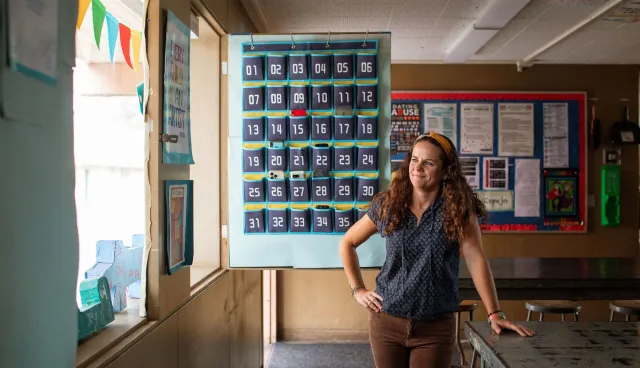The current mental health crisis in schools, colleges, and universities continues to impact both students and educators across the country. We know that, nationally, children were struggling with mental and behavioral health issues prior to the pandemic; but dealing with and living through COVID-19 exascerbated an already critical issue.
In 2022, a cohort of pediatricians and psychiatrists declared a state of emergency in child and adolescent mental health. The report states in part, "This worsening crisis in child and adolescent mental health is inextricably tied to the stress brought on by COVID-19 and the ongoing struggle for racial justice and represents an acceleration of trends observed prior to 2020."
28.7%
59%
32,597
Impact of Social Media and Personal Devices on Mental Health
A new survey of National Education Association members reveals that educators are very concerned about student mental health and the role of electronic devices and social media in public schools.
Read the summary, key takeaways, and download the full report at NEA.org.
Protecting our school communities with mental health supports
Our schools are the center of our communities and should be the safest, most just places. Our students can’t learn if they aren’t well. Increasingly, that means our students and educators must receive the mental health support they need, and schools must have the resources, staffing, and programs necessary to effectively address the challenges they face. By working together, we can help protect our school communities and get our students the help they need. As the leading champion of America’s public schools, NEA promotes solution-oriented advocacy to bring much-needed mental health support to students and educators.
Promoting Mental Health and Well-Being in Schools
An Action Guide for School and District Leaders
Schools are prioritizing students’ mental health, and there are many tools and resources to choose from. The Centers for Disease Control & Prevention (CDC) created this action guide as a place to start. It can help school and district leaders build on what they are already doing to promote students’ mental health and find new strategies to fill in gaps.
Related Content
Student health and wellbeing tops NEARI agenda


